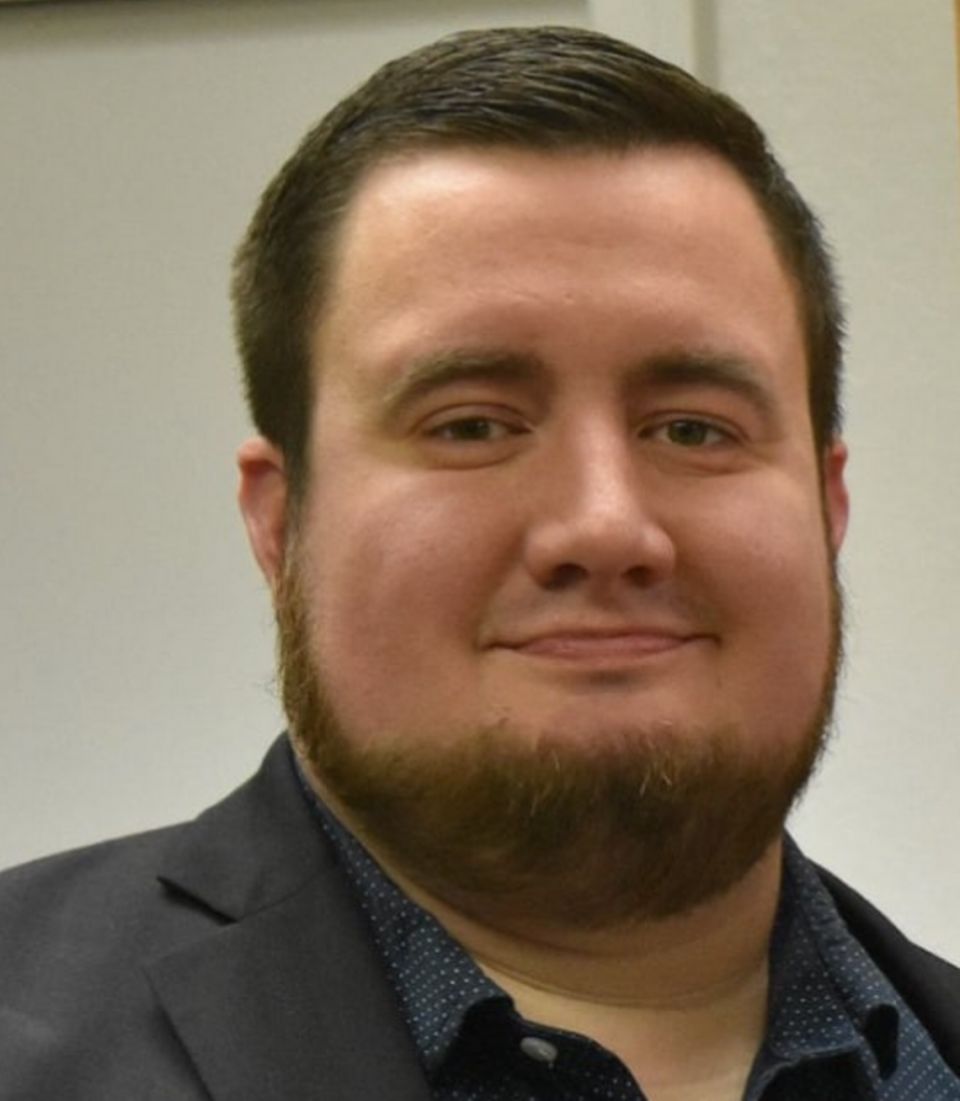Winter cold puts a freeze on Cardinals’ offseason. Will they ever break the ice?
Wayne Gretzky, on many occasions, has summed up his seemingly otherworldly vision on the ice by explaining that he always sought to go where the puck was going to be rather than going to where it was.
The logic is simple and the parable is neat; to be an all-time great, it helps to have all-time anticipation and vision.
There were no reasonable expectations that the St. Louis Cardinals were setting themselves up for a Gretzky-esque offseason, but certainly there was a thought they would be more than a healthy scratch. Three and a half months into baseball’s winter and less than a month before pitchers and catchers report for spring training, the expected free agents have walked away and the Cardinals have done nothing else at all.
If this is a reset, someone should remind them that they have to plug the power supply back into the wall.
It is fair to point out that there have been complications not entirely of their own making.
Nolan Arenado’s no-trade clause was included in the contract he received from the Colorado Rockies, and even despite that, the Cardinals were confident they had an acceptable deal with the Houston Astros. That confidence culminated in President of Baseball Operations John Mozeliak telling reporters outright, more than a month ago, that he intended to try to trade Arenado.
He tried. He is trying. Nothing yet, and the clock is ticking loudly.
Willson Contreras flexed his own no trade clause in declining to allow the Cardinals to try to move out his salary. So too did Sonny Gray and Miles Mikolas. That decision is well within all of their rights, and those rights came from contracts the Cardinals negotiated and agreed to within the last three years. If the club looked three years down the road and didn’t see the need to be flexible in its roster posture, it’s not the fault of the player if that attitude has changed.
That’s especially true of Contreras and Gray, who have more than held up their ends of the performance bargain. Mikolas has not, but the warning signs were in the open for all to see at the time of his extension in March 2023. The Cardinals bet on the upside, that bet was in error, and now they are absorbing the downside risk. Welcome to capitalism; once in a while, somebody other than the person providing labor has to take one on the chin.
Still, with Winter Warm-Up approaching this weekend, the Cardinals have no new faces to roll out on the dais for a little goodwill. As of January 14, there have been only six major league teams who have yet to sign a single free agent to a fully guaranteed big league deal, and the Cardinals are one of the six.
They will pursue some bullpen help (though that could come in the form of a minor league deal with a non-roster invite) and might still seek out a reunion with Kyle Gibson, but a multi-year deal seems inconceivable. Gibson could crest the $10 million mark, but he is seemingly the only free agent the Cardinals are considering who might do so.
With deferrals, payments from other clubs and option payouts all figured in, St. Louis has slashed just south of $35 million from its 2024 payroll obligations. It seems inevitable that another $10 million or so will still come off; an Arenado trade would seemingly shave at least that much, and if calamity (for the front office) strikes and they’re forced to hold him, Erick Fedde and Steven Matz would seemingly be next in line for the salary chopper.
Last week’s arbitration exchange saw the Cardinals come to an agreement with the three players who’d been through the process previously but fail to agree with their three first-year eligible players. That common thread shouldn’t be ignored and should be understood as part of the same situation.
Arbitration awards, after all, build on each other. By paying less in year one, the Cardinals will also pay less in years two and three (and four, in the case of Andre Pallante). That assumes, of course, that any of the three will still be around for future hearings.
Ryan Helsley went to a hearing ahead of the 2023 season and is seemingly destined to remain a Cardinal at least up until the approach to the 2025 trade deadline. The other four players with whom the Cardinals have had hearings in the last decade – Michael Wacha, Génesis Cabrera, Tyler O’Neill and Jack Flaherty – were all gone from the organization in relatively short order. Wacha left in free agency following 2019 and the other three were all traded before they got there. That amount of churn doesn’t paint a rosy picture of the process.
It does, however, speak to where the Cardinals are at on the reset timeline. They are still trying to pull pieces off, ostensibly in order to shore up the foundation beneath them. That’s an understandable course of action from a team perspective, even if it’s difficult to swallow for fans. But it also requires the sort of definitive action and aggression that has been missing from this winter so far.
The entire metro area has been encased in ice for more than a week, and even with the sun up, temperatures are too cold to create a thaw. Everything looks like it should be loosening up, but instead the environment grows increasingly hard and cold.
It’s warm in south Florida, and there’s still time to get there. But there’s a great deal of work to be done before it’s time to start packing.

 Yahoo Sports
Yahoo Sports 

